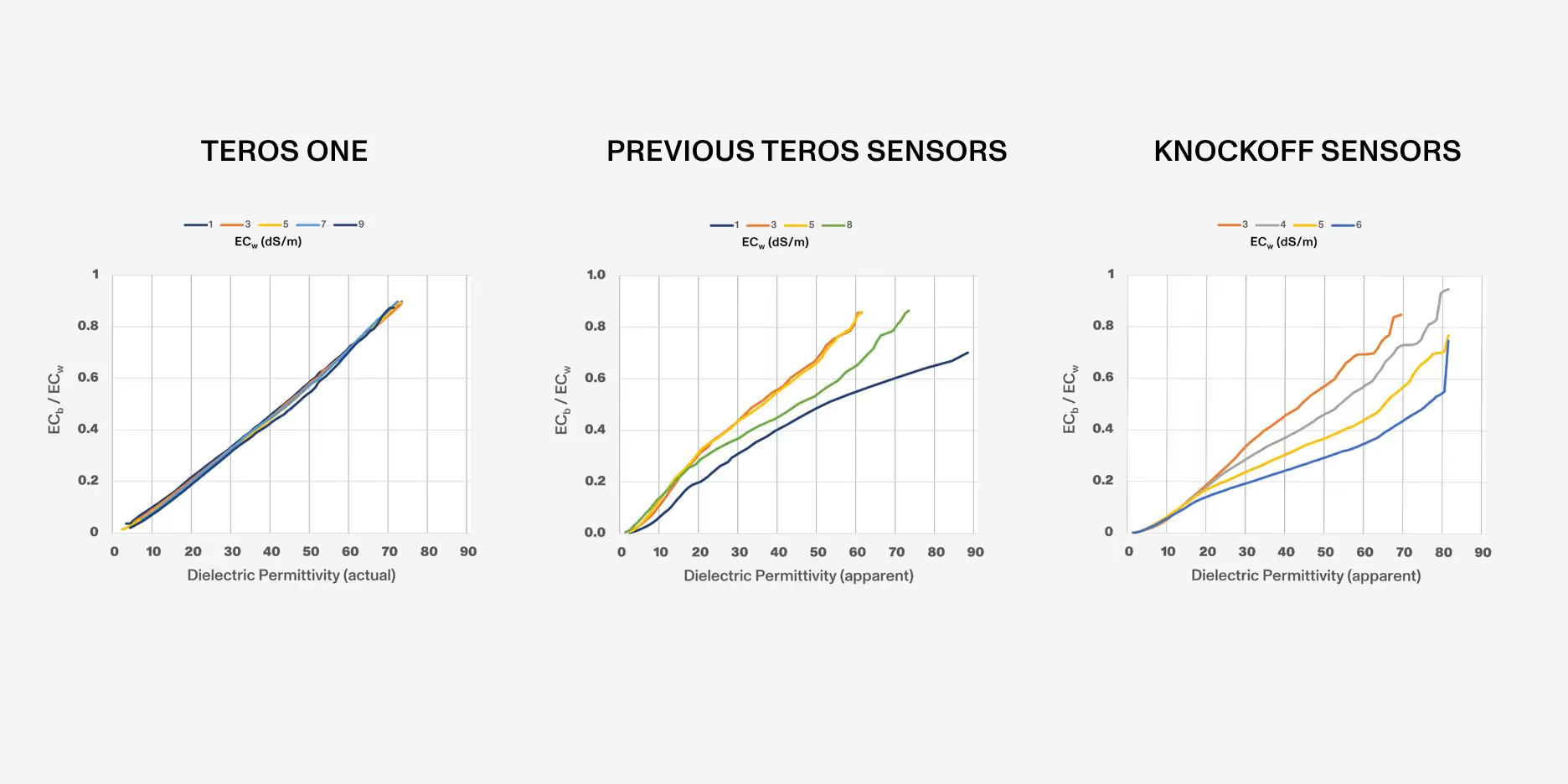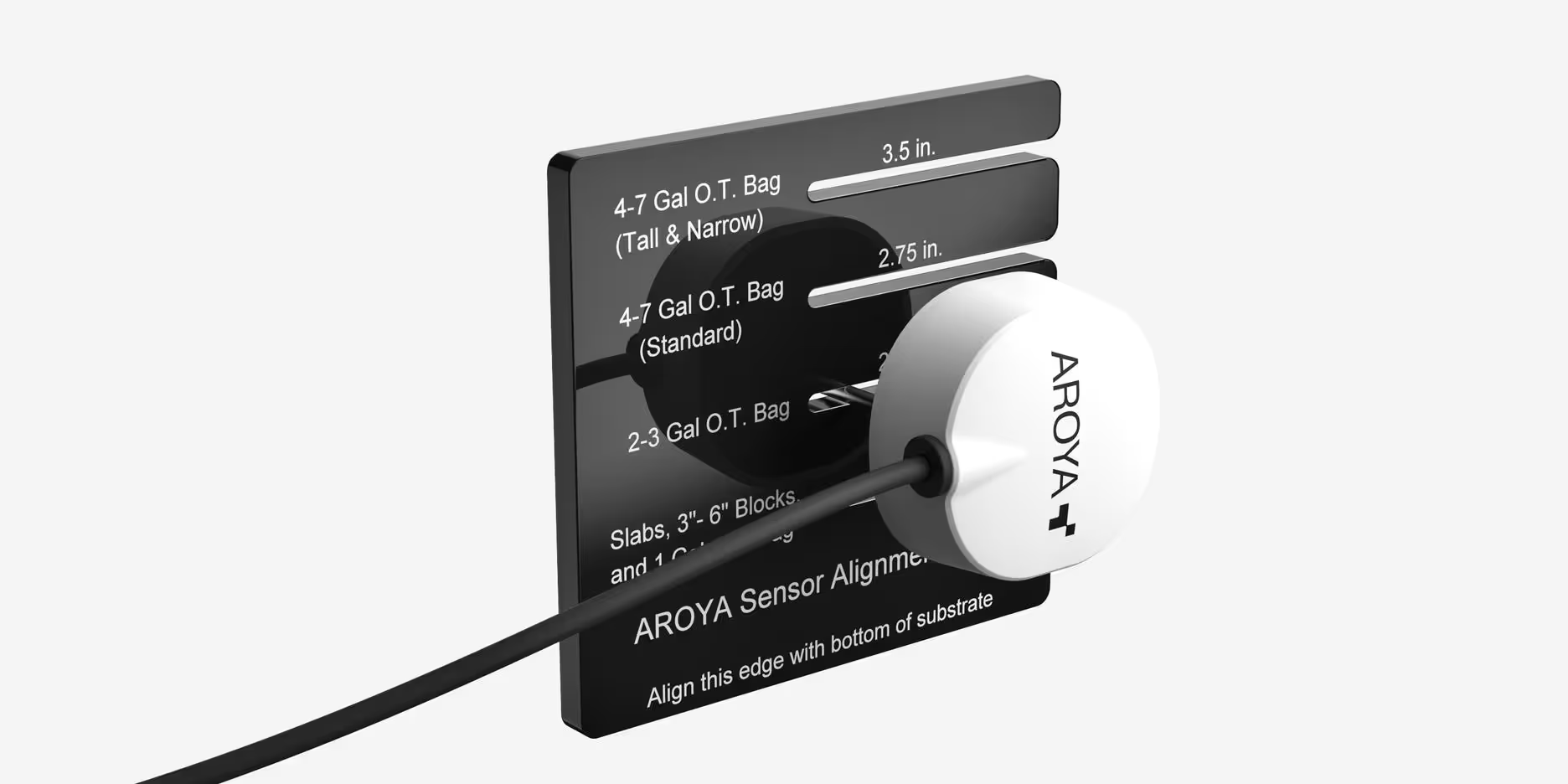TEROS® ONE
The only substrate sensor designed exclusively for cannabis.

One sensor. Three metrics. No weaknesses. TEROS® ONE’s new design completely reimagines how substrate data is collected, giving cultivators precise and accurate readings in EC zones other sensors simply can’t measure at all.
With TEROS ONE, we’ve raised the bar. Again.
Electrical conductivity
(dielectric pore water EC)
Volumetric water content
Temperature
Master precision irrigation. Dial in drybacks. And now, make powerful, reliable data comparisons – an industry first. TEROS ONE’s breakthrough technology unlocks reliable data comparisons that used to be impossible.
Compare harvest groups from different facilities. Compare two runs of the same strain grown at different times. Compare readings taken from two different substrate types.
And that’s only the beginning – substrate sensing this powerful makes steering crops a breeze.

Precision at extreme salinity levels. When pushing for max yield and quality, indoor cannabis cultivators often push EC levels far beyond what other plants (and other sensors) can handle.
Which substrate is best? Yours.
Many substrate sensors were developed for soils, then adapted to work with indoor grow media. Not TEROS ONE. It’s built specifically for indoor substrates, giving growers the flexibility to switch media at a whim without needing to throw out their past data.

Data all day. And all night.
Once you’ve installed the TEROS ONE, the data never ends. You’ll get fresh readings every three minutes, 24/7, even if you aren’t nearby. TEROS ONE syncs data automatically to the AROYA platform, so you can check in and get real-time data and visualizations anytime, anywhere.

Tough enough to handle it. All of it. TEROS ONE is adapted from environmental research sensors, built for use in extreme conditions with no maintenance.

Repeatable data, grow after grow. The included TEROS ONE alignment tool helps you place your sensor perfectly every time. Works in soil, soilless mixes, coco, and Rockwool, right out of the box. No need for user calibration.
TEROS ONE takes “set it and forget it” to the next level. It’s built with resilient epoxy fill, corrosion-resistant stainless steel needles, and a 5+ year battery life.
Specifications
*While they are strictly valid for Rockwool, the estimates above reasonably apply to all inert materials with very high porosity, such as peat moss or organic substrates made from coco fibers.
